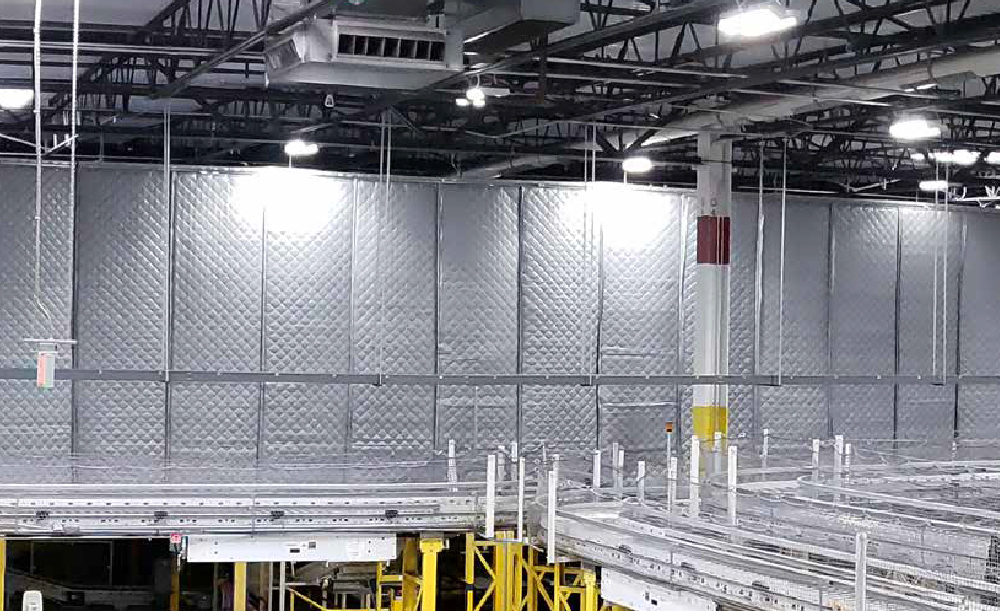X

The best solution to mitigate unwanted noise, acoustic barriers are made from a variety of sound dampening materials.
Materials that help block sound and reduce noise are acoustic barriers. This material is used to build soundproof structures such as walls and ceilings and is also used in industrial applications for loud equipment enclosures.
Selecting the proper material is an important component in solving the noise pollution issue you are experiencing.
Continue reading more information about how these different materials work.
When shopping for acoustic barriers there are few different types of sound barriers you can choose from:
Acoustic barriers are used to contain noise within a space
Designed for both indoor and outdoor, as well as high temperature applications
Simple field adjustments can be made to fit these panels into any space
Barriers can be combined with an absorptive layer to reduce noise reverberation
All Oelex acoustic barriers are manufactured to the highest quality standards and tightest dimensional tolerances in the industry. Oelex barriers have been in production for over 25 years and have been proven to be the industry standard for flexible barrier composites.
As experts in acoustic design, we can help develop an effective, comfortable, and aesthetically pleasing acoustic solution that helps your organization improve the quality and productivity of time spent in your facility.
Our project managers will work with you to assess your noise control needs. With a keen focus on delivering a turn-key solution, we can help design an acoustic package to solve any noise issue.